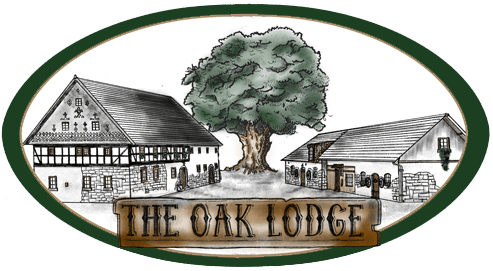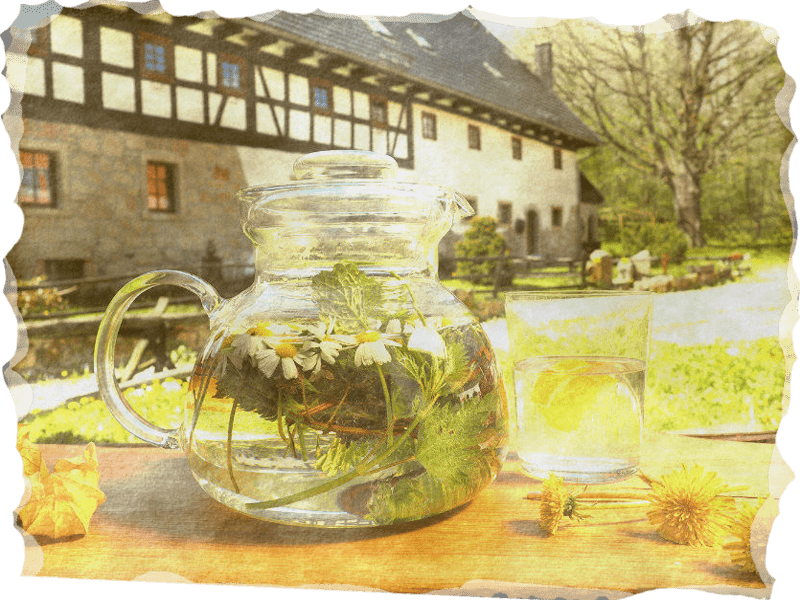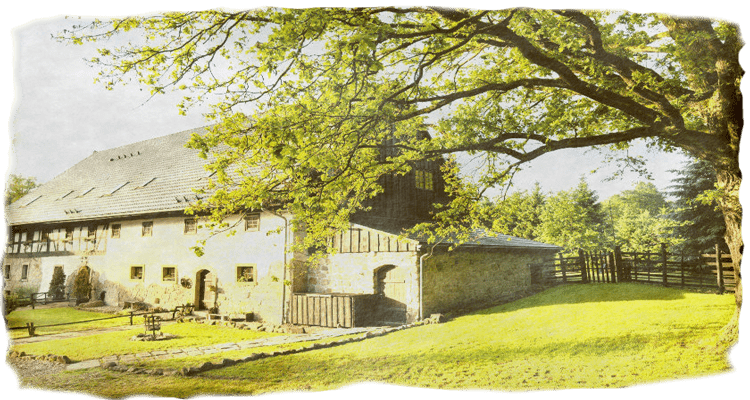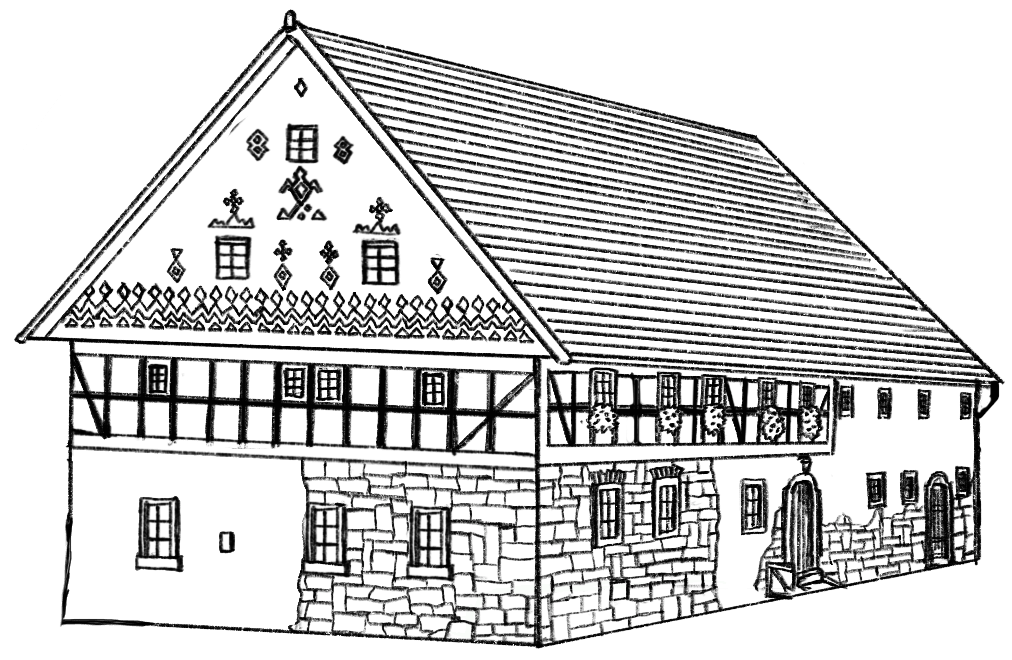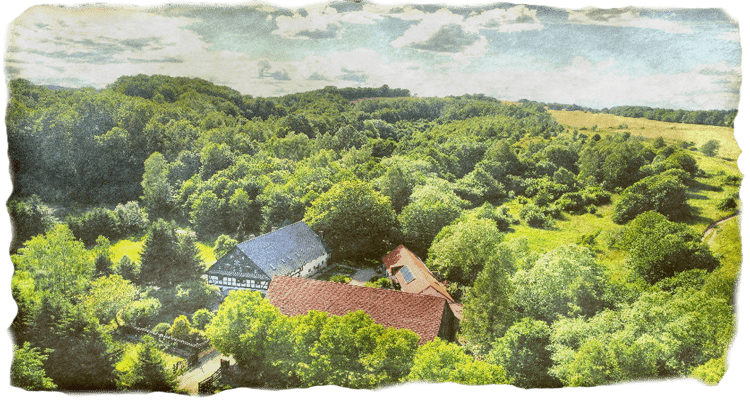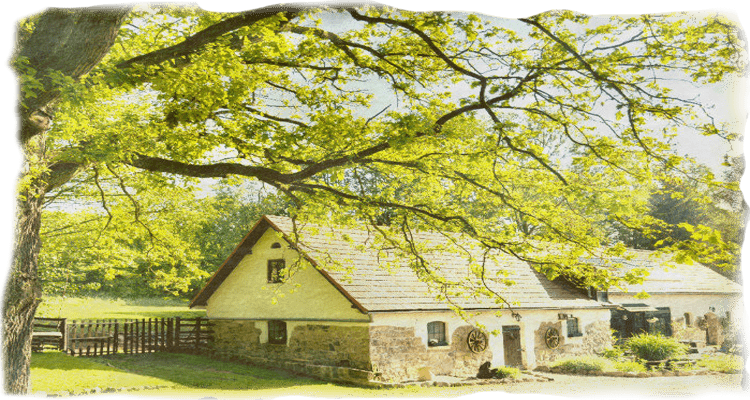Wrocław: A Journey Through History & Culture
Founding and Early Years
Breslau’s origins date back to the 10th century, emerging as a small Slavic settlement at the crossroads of important trade routes. Its first documented mention was in 1000, when Duke Bolesław I of Poland established the Bishopric of Wrocław. Quickly, the town attracted merchants and craftsmen eager to take advantage of its strategic location.
During the rule of the Piast dynasty, Breslau developed into a vital hub of trade and culture. The Oder River played a pivotal role, serving as a natural trade route that connected the city to other major European centers. Yet, these early years were not without challenges: invasions, fires, and conflicts repeatedly forced the inhabitants to rebuild and fortify their city.
Medieval History
The medieval period marked a golden age for Breslau. By the 13th century, the city became a member of the Hanseatic League, a powerful trade network that brought wealth and cultural exchange. The construction of the Gothic Town Hall, one of Europe’s finest, and the bustling Market Square (Rynek) turned Breslau into a beacon of prosperity.
Religious and cultural life flourished as well. Breslau became home to numerous churches and monasteries, including the magnificent Cathedral of St. John the Baptist on Ostrów Tumski (Cathedral Island). The University of Wrocław, founded later, began drawing intellectuals and scholars to the city.
However, the period also brought adversity. Plagues, social upheavals, and wars tested the city’s resilience. Despite these challenges, Breslau remained a prominent center of commerce and learning, reflecting the determination of its people.
History From 1700 To 1900
The 18th and 19th centuries brought significant change to Breslau. In 1741, the city fell under Prussian rule and became a key fortress city. Under the reign of Frederick the Great, Breslau underwent a transformation with the construction of new roads, bridges, and grand buildings that still adorn the city today.
The 19th century heralded the industrial revolution, turning Breslau into a bustling industrial hub. Factories sprang up, and the railway connected the city to major European centers, boosting trade and commerce. Alongside economic growth, the city saw a cultural renaissance, with theaters, museums, and literary salons flourishing.
History From 1900 To The End Of The Soviet Union
The 20th century was a tumultuous time for Breslau. During World War II, the city suffered immense destruction. After the war, Breslau was transferred to Poland, and its German population was displaced. Polish settlers, many from the eastern territories lost to the Soviet Union, made Breslau their home.
Under Soviet influence, Breslau became a symbol of resilience and reconstruction. The old town was meticulously rebuilt, preserving its historic character. The Market Square, churches, and other landmarks were restored to their former glory.
Breslau also played a crucial role in the Solidarność (Solidarity) movement, which ultimately contributed to the fall of communism. By the late 20th century, the city emerged as a vibrant and forward-looking place, ready to embrace the opportunities of a new era.
Wrocław Today
Today, Wrocław is a city that celebrates its past while looking boldly to the future. It is a vibrant cultural, economic, and academic hub. Festivals such as "Jazz nad Odrą" and the "Wrocław Film Festival" draw visitors from around the globe. The cityscape, a mix of restored medieval architecture and modern design, showcases its unique character.
Strolling through the Rynek with its colorful facades, visiting the University of Wrocław with its magnificent Leopoldina Hall, or exploring the futuristic Sky Tower are just some of the experiences awaiting visitors. Breslau’s commitment to blending history with modernity makes it a destination unlike any other.
Attractions & City Life
If you're planning a trip to Wroclaw and want to uncover its best-kept secrets, there’s one resource you simply can’t miss: WroclawGuide.com. This incredible website is run by Ewa and Mirko, two passionate locals who are absolutely in love with their city. Their enthusiasm for Wrocław shines through in every corner of their site, where they share invaluable tips, personal experiences, and hidden gems that you won’t find on mainstream travel platforms.
Ewa and Mirko describe themselves as “just people who are really passionate about the city in which we live.” Their mission? To introduce the world to the vibrant, cool, and lesser-known sides of Wrocław. They go beyond the obvious tourist attractions, diving deep into the city's hidden spots, quirky corners, and local favorites. They take all their own photos—no stock images here!—to give visitors a real and authentic sense of what the city feels like.
Their recommendations are deeply personal, highlighting the places they visit and love themselves. Whether you're visiting for a weekend or planning a longer stay (which they highly recommend because "there’s just so much to do!"), WroclawGuide.com is packed with the perfect inspiration to explore the city like a local.
Ewa and Mirko have even published their own travel guide, filled with insider knowledge and practical advice for your Breslau adventure. So, if you’re looking for unique ideas, secret spots, or even tips for planning your itinerary, their website is the ultimate resource.
Visit Wroclawguide.com
Your Trip To Wrocław
A visit to Wrocław is quite easy when you stay at The Lodge. And its even more than just a city trip – it’s an immersive journey through time. Spend the day uncovering its treasures, wandering through cobblestone streets, and marveling at architectural wonders. Then, after the excitement of the city, retreat to the peace of nature. Surrounded by unspoiled landscapes, The Lodge is the ideal place to reflect, recharge, and connect with the serenity of the natural world.
Pack your bags, lace up your walking shoes, and prepare to be enchanted by Wrocław
– a city that beckons explorers and rewards them with unforgettable memories.
Distance:
100 km
Drive time:
90 min
Duration:
Day Trip

